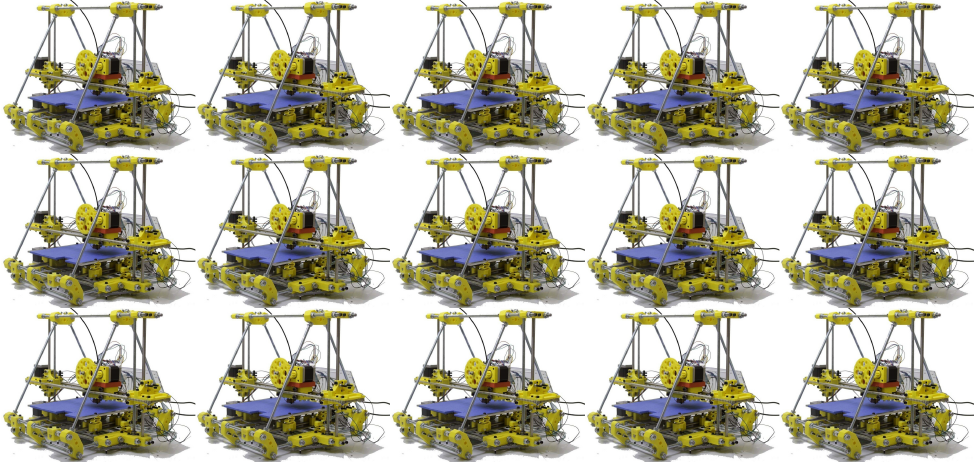
Once in a while someone comes up with a new 3D printing concept. Then a great many others do the same thing.
The result today is an increasingly crowded 3D space, with numerous offerings. As the number of options grow, it becomes increasingly difficult for new entrants to succeeds. Sometimes we wonder why some 3D printing products are even launched, as the market is so crowded they’ll hardly be noticed.
So what, specifically are we talking about? Let’s look at a few product categories in personal 3D printing:
Plastic extrusion 3D printers. This was the first product category to emerge in the space and it’s now massively crowded. There are literally hundreds of machines, each slightly different in some way, attempting to attract buyers. It’s now exceedingly difficult to do so, especially when considering the competition includes huge industry players such as Stratasys/MakerBot, 3D Systems, Dremel, Autodesk and perhaps HP in the future.
Cloud Printing. New a year ago, it now seems there are a dozen or so solutions providing more-or-less similar functionality. Upload a 3D model to the cloud, stream-print it to your machine and observe the printing over the web. While the functionality is very useful, it’s hard to know which service is best. Probably not a good time to launch another cloud service, as we’ve seen the big players launch their own private cloud services, thus absorbing a lot of the market.
Filament Makers. These are devices that accept plastic scraps and produce plastic filament for use on a personal 3D printer. The idea appears sound, but in practice it is very difficult to produce high-quality filament with small machines. There have been multiple offerings in this category, yet few have survived.
Resin-Based 3D Printers. The key patents expired and suddenly we see a small explosion of resin-based 3D printers. It’s beginning to look a lot like the plastic extrusion market, although there are not yet hundreds of offerings. But there likely will be by next year. Not a good time to launch a resin printer unless you have something spectacularly unique in its design.
We may complain there are “too many” offerings, but we really don’t mean that. Markets need many people attempting different solutions, because that’s how the best solutions are found: they survive and the others don’t.
That said, if you intend on launching one of the above, you’d better have something very unique in your product or else you’ll have a very hard time succeeding.

